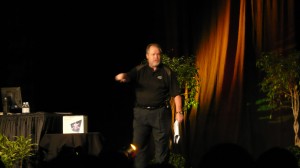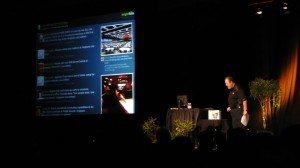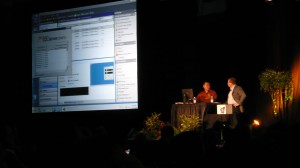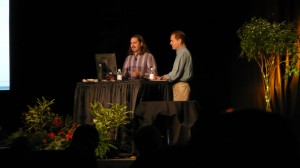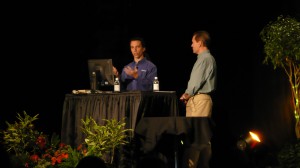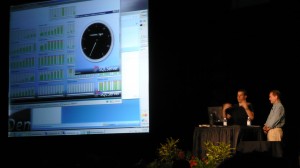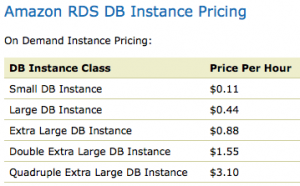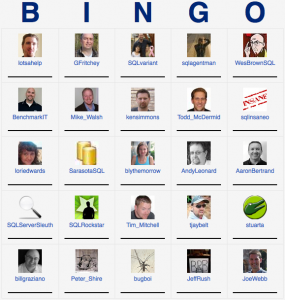At #SQLPASS this week, Microsoft unveiled a couple of new editions that got a lot of attention, but there’s some really interesting things going on if you dig a little deeper.
Standard Edition: Now with Backup Compression
SQL Server 2008 introduced backup compression, but it was only available in Enterprise Edition. At the time, Enterprise Edition cost around $20,000 more per processor than Standard Edition, so companies couldn’t justify upgrading to Enterprise Edition just to get backup compression. Companies had to need Enterprise for multiple features in order to stomach the price. If all a DBA needed was compression, they could buy backup compression software much cheaper than the price of Enterprise Edition.
In SQL 2008 R2, even Standard Edition gets backup compression. That’s a game-changer, and I’d expect to see smaller companies that do backup compression – and nothing else – to start falling by the wayside.
In addition, Standard can now be a managed instance – it can be managed by some of the slick multi-server-management tools coming down the pike like the Utility Control Point (read my SQL 2008 R2 Utility review). It can’t be the management server itself – it can’t be a Utility Control Point – but at least we can manage Standard. It’s good to see that Microsoft recognizes all servers need to be managed, not just the expensive ones. Big thumbs up there.
Enterprise Edition: CPU Limits
In Enterprise, Microsoft giveth and Microsoft taketh away. SQL 2008 R2’s BI tools include a new Master Data Services tool. It’s targeted at enterprises with data warehouses that need to manage incoming data from lots of different sources, and that data isn’t always clean or correct. MDS helps make sure data follows business rules. This isn’t a common need for OLTP systems, so it’s only included in Enterprise, not Standard. Makes sense.
A little less easy to stomach, however, is a new set of caps on Enterprise Edition. The current SQL 2008 comparison page shows that Enterprise has no licensing limit on memory or the number of CPU sockets. SQL 2008 R2 Enterprise Edition is capped at 8 CPU sockets, and there’s a memory cap as well, but I haven’t been able to track down a public page showing the cap. The only hint is the SQL 2008 R2 edition comparison page, which notes that Datacenter Edition (more on that in a second) is licensed for “memory limits up to OS maximum.” If that wasn’t a unique selling point, it shouldn’t be included in the feature list.
The more expensive Enterprise can act as the management server (Utility Control Point) for up to 25 instances. However, that doesn’t mean you need to buy one Enterprise per 24-25 Standard servers, and then manage them in pools – there’s an app edition for that.
Datacenter Edition: For, Well, Datacenters
The new Datacenter Edition picks up where Enterprise now runs out of gas. It supports more than 8 sockets, up to 256 cores, and all the memory you can afford. Or can’t afford, for that matter.
If you’re going to manage over 25 instances with the Utility Control Point stuff, Datacenter Edition can manage “more than 25 instances” according to Microsoft’s edition comparison page. I like how they worded that – they didn’t say “unlimited instances,” because there will be performance impacts associated with using Utility Control Points. The performance data collections gather a lot of data, and storing it for hundreds of instances will take some pretty high performance hardware.
Parallel Data Warehouse Edition: Sold with Hardware Only
The big new fella in town getting all the press is the artist formerly known as Project Madison, formerly known as DATAllegro. It’s a scale-out data warehouse appliance, but you won’t find this appliance at Home Depot. This version of SQL Server is sold in reference architecture hardware packages from Bull, Dell, HP, EMC, and IBM. Write one check, and you get a complete soup-to-nuts data warehouse storage engine that includes everything from the servers, SAN, configuration, and training.
I had the chance to talk with Microsoft’s Val Fontama, and I’ll post more details of that interview next week, but I have to share one quick snippet. I asked what happens when a Parallel Data Warehouse system starts to have performance issues, and he explained that the DBA will need to call in specialized Parallel engineers. You won’t be popping open this rack and installing another drawer of hard drives yourself or adding additional commodity hardware boxes to scale out your datacenter. It’s more of a sealed solution than something you have to build yourself.
I have mixed feelings about this – as a guy who loves hardware, I want to dive under the hood. However, as a guy who’s managed data warehouses, I know it’s one heck of an ugly skillset to learn on the job, and when data gets into the 5-10 terabyte range, you can’t afford to make configuration mistakes.
How Much Would You Pay For All This?

It slices. It dices. And if you call now, you can get all this for the low, low sticker price of:
- Standard Edition – $7,499 per processor (socket)
- Enterprise Edition – $28,749 per processor
- Datacenter Edition – $57,498 per processor
- Parallel Data Warehouse Edition – $57,498 per processor (but you’ll be buying this in combination with hardware anyway)
Eagle-eyed readers will note it’s about a 20% price increase from SQL Server 2008. That’s probably easy to justify on Standard Edition because Microsoft can say they’re throwing in backup compression, a feature that normally would have cost extra from third party vendors.
SQL 2008 R2 Enterprise Edition, however, won’t have quite as easy of a time justifying its price increase given that it now has CPU caps and already had backup compression anyway.


